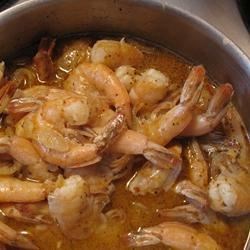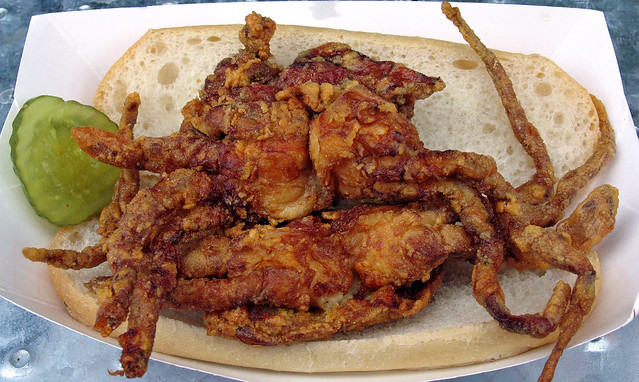This is my basic load for a half or whole day hike. I reckon I could survive an unexpected night out, obviously depending on what injuries I'd suffered.
My pack is a Lowe Alpine Air Zone Centro 35+10, with a small Maxpedition pouch attached to the LHS hip belt.
Other gear is added at the trailhead (see below) when I see what the actual conditions are like, where I'm going, and the weather I'm expecting during the day.
Firstly, the Jerven Bag Exclusive. This is used as my weather-proof shell for lunch stops, bag for the odd catnap after lunch, as a cape in occasional rain showers, groundsheet for picnics with the GF, tarp. (And has been used in extremis whilst waiting for the Air Ambulance, to shelter a lady I found in a very poor way in the Black Mountains.) If I'm expecting a lot of rain I prefer a cagoule to hike in, which will go in the pack.
Top to bottom, left to right...
Small pair of binoculars;
Sawyer water filter with squeeze bag and straw;
Personal FAK with piece of (rather grubby) elastic bandage and safety pin;
Nalgene 1L water bottle;
Pencil and two pieces of waterproof paper;
Small press-and-hold LED light (just below the grey Sawyer straw);
Petzl Headtorch with continous or flashing white light, or red light;
The Jerven Bag pouch which contains the belt and the orange flag (and the "armings" as they seem to be called!);
Silva Type 27 sighting compass (which contains a small mirror which could be used for signalling, and a primitive sundial);
Titanium Spork, folding;
Snowpeak Ti Mini-Solo cookset and lid, containing another 1L Nalgene bottle, along with a bail fashioned from a bike brake cable;
Three T Bags;
An extra Antiseptic Wipe for lunch stop (others in the FAK).
As above...
Firstly a closed-cell foam sitmat;
Half a dozen cable ties (zip ties) approx 25cm;
Plastic bag containing spare batteries for the GPS and for the camera;
Four Groundhog pegs;
A load of cordage in three hanks;
Firesteel and striker along with tinder (and a thermometer) in the shotgun shell;
Windproof matches;
Waterproof matches;
Swiss Army knife;
Opinel knife;
Emergency Side Release buckle for my rucksack hip belt;
Carabiner;
Large piece of fatwood.
On the orange flag is a
Credit card-sized Fresnel Lens magnifier (for map and splinters);
An Alocsac waterproof bag for my camera/anything else.
There are two further carabiners on the rucksack at the base of the shoulder straps for quick attachments, e.g. baseball cap, safety line for the GPS, hiking poles for a brief stop, map case lanyard, etc.
I also carry a piece of paper with instructions as to what to do with my body, i.e. contact details for next of kin, and for my GF (don't want her being annoyed that I'm late for my date!); and details of my car which will be parked somewhere.
Other gear added at the trailhead:
There would obviously be some food according to expected length of hike. Maybe extra water for high temperatures/little chance of resupply.
Mobile phone, usually switched off. (I do have a satphone but it rarely comes with me as it's a bit of a brick.)
For a full day hike:
Folding Saw;
Mora fixed-blade knife.
Kahtoola Microspikes for ice and snow;
Snowshoes (as well as the Microspikes) and gaiters for deep snow, e.g. Canada winter;
Ice axe in steep terrain.
(Could have done with some snow goggles two or three times this winter.)
In bear country a holster and bear spray attached to the RHS of my hip belt.
My base layer is a short or long-sleeved Merino T, a pair of Mammut Tights, a thin and thick pair of socks, and Meindl hiking boots.
According to the hike/season/weather/inclination any or all of:
Buffalo Special 6 Mountain Shirt;
Buffalo Pile Mitts;
Silk Gloves;
Silk Balaclava;
Lowe Mountain Cap;
Rohan Neck Gaiter;
Rab Gilet;
Buffalo Windshirt;
Rohan Cagoule (mid-thigh length);
Goretex overtrousers;
Baseball Cap;
Hiking Poles.
If hiking in new terrain I'll have a map and/or GPS unit. (I try to remember to take one or the other when hiking in familiar terrain in case I have to talk to the emergency services as it's much easier for them for me to give a grid ref than try to explain I'm half-way along the south side of Big Lake.)
I prefer a water bottle to a bladder as I can more easily see how much water I'm drinking, and it's certainly easier to replenish from my other water filter, a Katadyn (not pictured). I also "charge up" at the trailhead by drinking 0.5L of water, or thereabouts, so I start the hike with a full load of water whilst already being well hydrated. The bottles live in the side pouches of my pack so the downside is that the water does get chilled in winter.
So, I think the key things here are
I can filter and replenish my water;
I can light a fire in three ways at least, and fatwood is seemingly waterproof; also fine shavings of it will take a spark from a firesteel;
I can make a warm drink or three;
I can rig a tarp shelter from, or get in the, Jerven Bag, which could be filled with leaves, heather, bracken to improve the quantity of captive still air.





